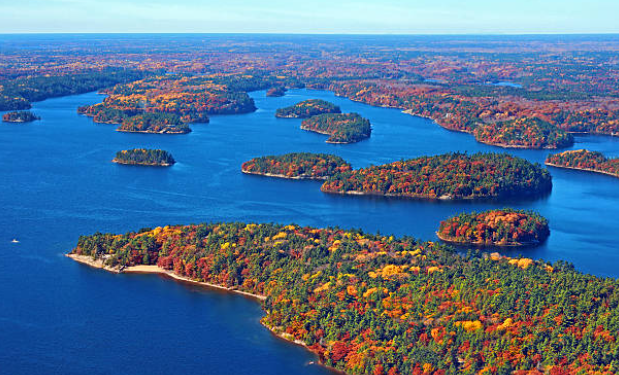
Beautiful:2vitqdbukoe= Great Lakes
The Great Lakes, covering over 94,000 square miles, are not just the largest group of freshwater lakes in the world but also a vital resource for millions. Each lake offers distinct landscapes and activities that can easily captivate your interest. However, as you explore their beauty, it’s essential to consider the serious threats these ecosystems face today. What challenges are putting these natural wonders at risk, and how can we contribute to their preservation?
Overview of the Great Lakes
The Great Lakes, nestled between the United States and Canada, form the largest group of freshwater lakes in the world by surface area.
Their lake history reveals a rich tapestry of cultural significance, shaping economies and communities.
Ecologically, they serve as vital habitats, supporting diverse wildlife and ensuring clean water resources.
Understanding their importance empowers you to appreciate and protect this natural treasure.

Unique Features of Each Lake
Among the Great Lakes, each one boasts distinct characteristics that contribute to its unique identity.
Lake Superior, the largest, features stunning geological formations and rich lake ecosystems.
Lake Michigan, entirely within the U.S., offers diverse shorelines and thriving wildlife.
Lake Erie is known for its shallow depths, promoting vibrant ecosystems, while Lake Huron’s numerous islands enhance its natural beauty.
Embrace the freedom to explore these wonders!
Read also: Beautiful:2urmjh5oktq= Rose Flower
Outdoor Activities to Enjoy
Exploring the Great Lakes offers a wealth of outdoor activities that cater to every adventurer’s interests.
You’ll love the exhilarating kayaking adventures that let you paddle through stunning landscapes.
Don’t miss the fishing excursions, where you can cast your line and reel in a variety of fish.
Whether you seek tranquility or excitement, the Great Lakes provide the perfect backdrop for your outdoor escapades.
Read also: Beautiful:1qkkegakj24= Sky
Conservation Efforts and Challenges
Protecting the Great Lakes is crucial for preserving their unique ecosystems and the countless species that inhabit them.
Effective pollution control measures, like reducing runoff and managing waste, are vital. Alongside this, habitat restoration efforts—such as replanting native vegetation—help revive the natural balance.
However, ongoing challenges like climate change and invasive species threaten these initiatives, demanding your awareness and action for future conservation.
Conclusion
In summary, the Great Lakes are a treasure trove of natural beauty and adventure, but they need our help. For instance, the ongoing battle against the invasive zebra mussel demonstrates the urgent need for conservation efforts. By participating in local clean-up events or advocating for sustainable practices, you can make a difference. Together, we can protect these incredible ecosystems, ensuring that future generations can enjoy the breathtaking landscapes and outdoor activities these lakes offer.




